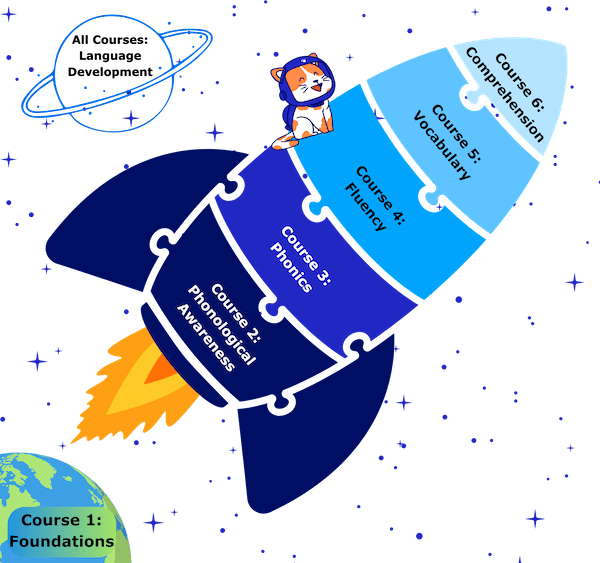
As you are quickly wrapping up the end of the school year, Stride PD wants to continue to add value to you as a teacher and school leader. Three new courses have been added to our library. Simply click on the hyperlinked titles below to go right to the course card to either start learning or purchase.
Course length – 1 hour
Dr. Roxanne Sorrick, from Hiram College, has authored this course that reconsiders Maslow’s and Bloom’s work through the lens of students who have encountered trauma. Even though Maslow’s Hierarchy of Needs has 5 components, this course considers the 3 foundational elements – physiological needs, safety and security, as well as love and belonging.
Considerations are made regarding the “learning brain” and the “survival brain” as understanding each has important implications for both students and teachers. You will want to pay particular attention to these sections as you will learn important terms – cumulative and compounding – that shape student responses to traumatic events. That understanding is critical because such responses often manifest inside the classroom.
Moving through a couple of scenarios, you will see how all of this works comes together with students and classrooms. You will NOT want to miss a fantastic takeaway resources that discusses this statement – “Maslow before Bloom.”
Course length – 1 hour
This course offers direct strategies for teachers to implement reflection consistently within their classrooms. It begins with a rubric that teachers can use for personal evaluation on the proficiency of reflection use during instruction. The course centers on 3 pillars of reflection – intention, repetition, and direction. The unstated foundation of the course is intention; however, the primary focus is on repetition and direction. A teacher will see how reflection can be “in the moment” as well as at critical “milestones,” but the primary factor is that reflection must be planned.
Upon completing the course, teachers will pick up several ideas for class. As an example, one resource centers on quotes used within class to help students set their perspective or think more deeply about a specific content portion. If you are wondering how to ensure reflection becomes part of every unit plan in your classroom, then course can give you ideas. Even though the school year is ending soon, you can experiment and test it now to determine how it will look next school fully implemented.

Course length – 2 hours
In continuation of our “Science of Reading” series, the course topic shifts to phonics. This course is longer than our normal model of 1 hour; however, we recognize the need for all of this content to stay together in one unit. Instead of merely receiving content, you will interact with scenarios to see application, view demonstrations of strategies, and hear from experts in the field of teaching reading. As always, you will encounter a few checks for understanding to ensure you tracking the material.
The course opens with an introduction and an activity to help you focus on the importance of phonics. The remainder of the course is divided into these sections: (1) explanation of phonics, (2) best practices in phonics instruction including specific challenges, and (3) teaching strategies for phonics.
Although the course offers you a guided notes resource, you will leave with many more resources for immediate application in your classrooms. As an example, here are a few of those assets: Letter-Sound correspondences, a “Do This, Not That” sheet, and multi-sensory learning strategies.
Take advantage of these NEW courses to apply strategies for the benefit of your students.
